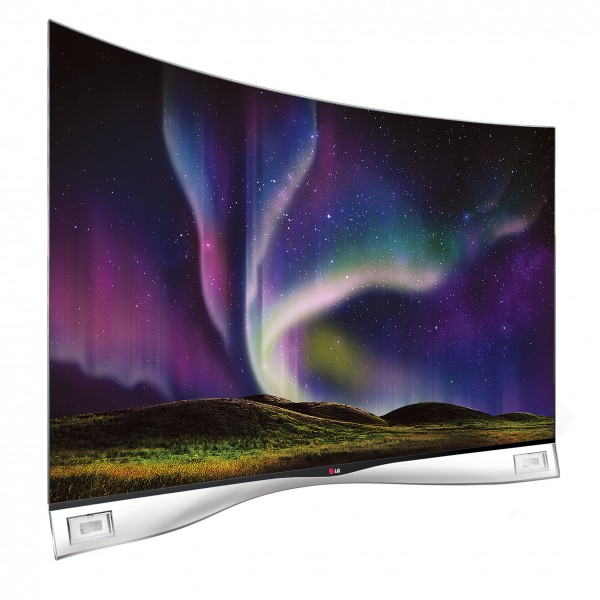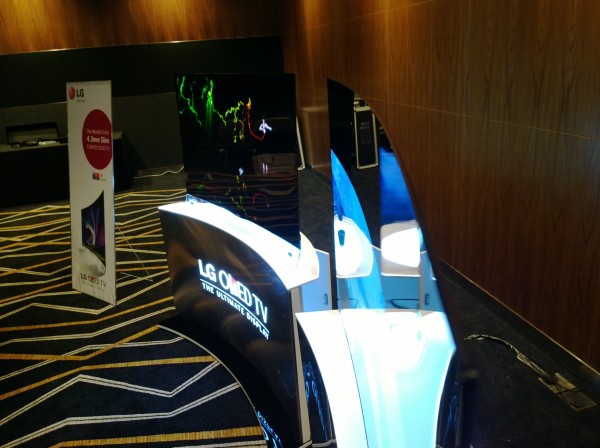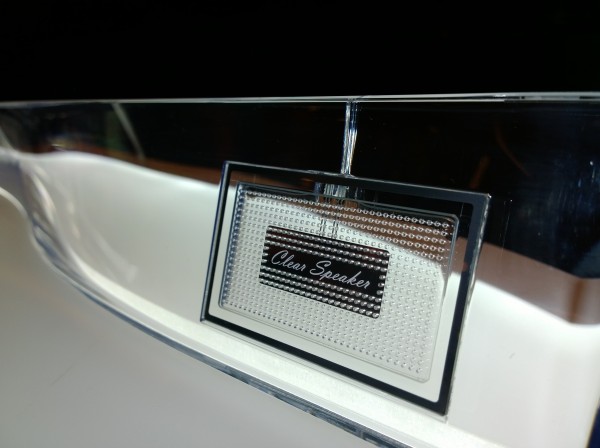LG yesterday showed off what it dubbed the world’s first curved OLED TV in Singapore, with the promise of a cinematic IMAX-like screen in a 4.3mm thin frame.
The 55-inch model, the 55EA9800, costs S$14,999 and is already on pre-order if you have that amount in the bank account.
Similar curved OLED TVs first turned heads at the CES show in Las Vegas in January.
But LG is promising life-like colours and “infinite” contrast. In particular, it says its screens now display deeper blacks and brighter whites thanks to extra white sub-pixels that improve on the traditional three-colour pixel.
How does the screen look in the real world? When viewing LG’s test images yesterday, I can say the images look sharp, more life-like with better colour tonality than the other displays I have used before.
Obviously, the major selling point of the curved screen, which presents images without any distortion to immerse you in a movie scene, for example.
The sound from the TV is powered by two ceramic film speakers that looked classy. Surprisingly, they seemed able to deliver crisp sound.
The usage of OLED and LG’s Smart Energy Saving technology is said to save up to 67 per cent of energy for a typical household. Encased in carbon fibre-reinforced plastic, the TV is also relatively “light” at 17.2kg, yet it is expected to be more durable.










OLED technology seems to be around for a long time. I wonder when or will the manufacturers ever get the cost low enough for it to become mainstream. As it is, UHD/ 4k tv will be the next “big” thing in the next few years. The only two factors which might hold UHD back is the lack of UHD content and pricing since the jump from normal HD to UHD may or may not be noticeable (depending how far away we seat away watching from it and screen size).